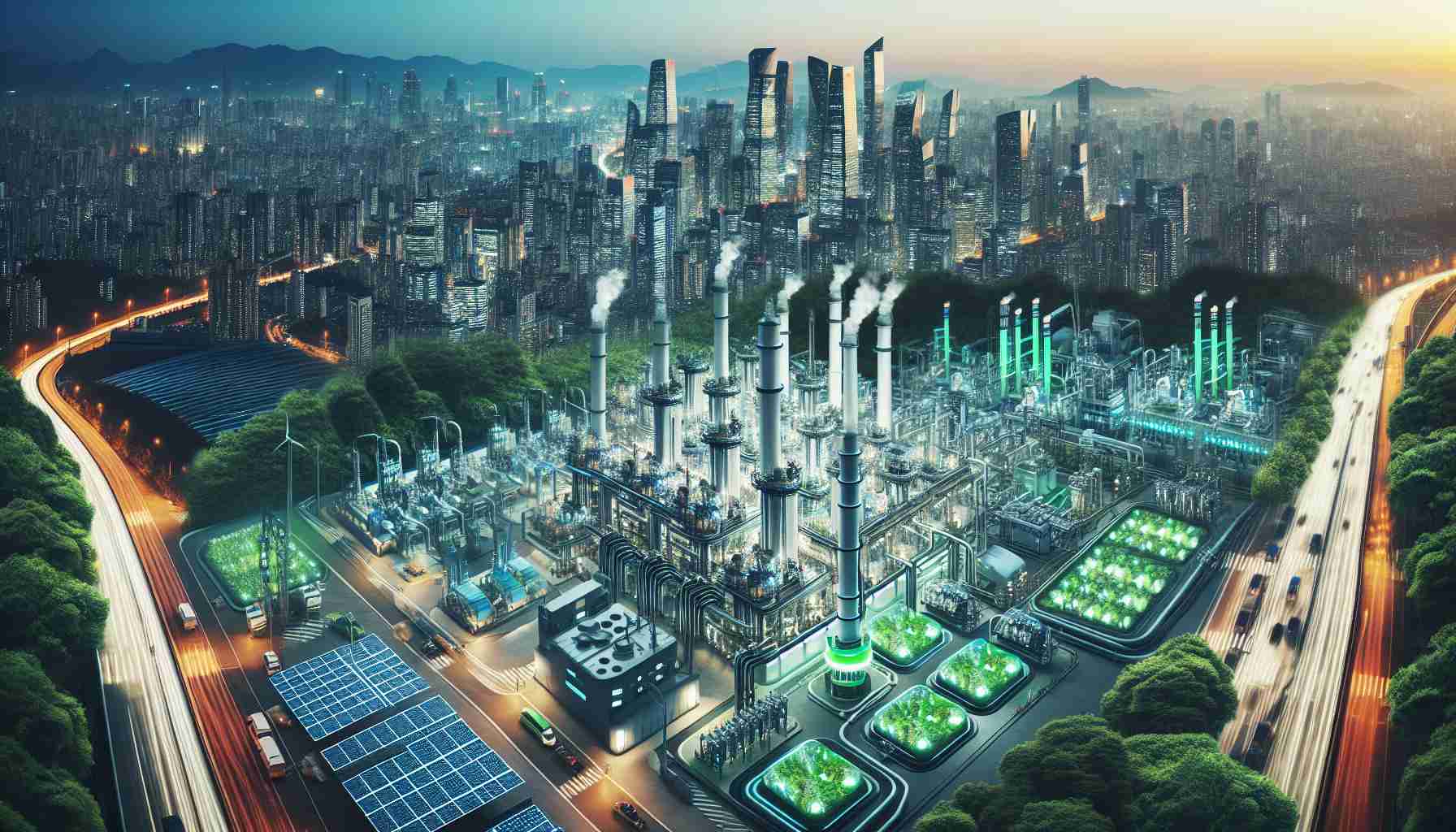India is on the verge of a green energy transformation, targeting the production of 5 million tonnes of green molecules annually by 2030, necessitating an investment ranging from INR 8 to 10 trillion. This ambitious initiative is part of the National Green Hydrogen Mission, aiming to revolutionize the country’s approach to energy.
To achieve this, a significant portion of the investment will be allocated to constructing 60 GW of electrolyzer capacity, estimated at INR 1.6 trillion. Moreover, setting up production facilities for green molecules demands around INR 4.2 trillion, while an additional INR 4.5 trillion will be essential for renewable energy infrastructure to support these initiatives.
A report by SBICAPS highlights that the expansion of India’s hydrogen industry hinges on overcoming various challenges, including uncertain demand and high capital expenditure. The establishment of a supportive financial ecosystem will be crucial, which might include incentives for electrolyzer production and infrastructure development for efficient resource allocation.
Moreover, projections indicate that India’s hydrogen consumption is set to triple, reaching 15-20 million tonnes by 2030, outpacing the global average. While industrial applications will remain predominant, emerging sectors like transportation and residential energy will also be significant contributors.
With over 95% of global hydrogen derived from fossil fuels, India’s commitment to green hydrogen, produced via renewable-powered electrolysis, signals a pivotal shift in sustainable energy practices.
India’s Green Energy Revolution: A Jump Towards Sustainable Hydrogen Production by 2030
India’s Commitment to Green Hydrogen
India is embarking on a transformative journey in energy production, particularly focusing on green hydrogen as a sustainable alternative. With a target set for 2030 to produce 5 million tonnes of green molecules annually, this initiative is part of the National Green Hydrogen Mission and requires an investment estimated between INR 8 to 10 trillion.
Infrastructure and Investment Breakdown
To facilitate this transition, significant financial resources will be allocated to various sectors:
– Electrolyzer Capacity: Approximately INR 1.6 trillion is earmarked for establishing 60 GW of electrolyzer capacity, essential for converting renewable energy into hydrogen.
– Production Facilities: Establishing production infrastructures for green molecules is projected to cost about INR 4.2 trillion.
– Renewable Energy Infrastructure: An additional INR 4.5 trillion will be vital in developing the renewable energy infrastructure necessary for supporting hydrogen initiatives.
Challenges and Solutions
A comprehensive report from SBICAPS emphasizes that India’s hydrogen industry expansion faces several challenges, including:
– Uncertain Demand: The fluctuating market demand for green hydrogen can hinder investment stability.
– High Capital Expenditure: Establishing a supportive financial ecosystem is crucial, potentially incorporating incentives for electrolyzer production and infrastructure development.
To address these challenges, collaborations between the government, private sector, and financial institutions may enhance the viability of hydrogen projects.
Future Consumption Trends
As India strives to boost its hydrogen consumption, projections suggest that this figure may triple by 2030, potentially reaching between 15 to 20 million tonnes. This increase is expected to surpass global averages and will primarily come from:
– Industrial Applications: The industrial sector remains the largest consumer of hydrogen.
– Emerging Sectors: Transportation and residential energy are anticipated to become significant contributors to hydrogen demand, indicating a diversification in its applications.
The Global Context of Hydrogen Production
Currently, over 95% of global hydrogen production relies on fossil fuels. India’s proactive approach towards green hydrogen, created through renewable-powered electrolysis, marks a crucial shift towards sustainable energy practices that could set a benchmark for other countries.
Sustainability and Future Outlook
India’s ambition not only contributes significantly to its own green energy agenda but also aligns with global sustainability goals. As technology in hydrogen production evolves, advancements in electrolyzer efficiency and renewable energy generation are expected. This shift could lead to lower production costs and increased adoption rates.
Conclusion
With strategic investments and a strong policy framework, India is poised to become a leader in the green hydrogen sector. As the nation continues to innovate and invest in cleaner energy solutions, it is on track to achieve its ambitious goals by 2030.
For further insights on India’s initiatives on sustainable energy, visit India’s Government Portal.

